how to replace the brake wheel cylinder and casting technology?
Author: SAIVS Date Published: May 29,2023
The brake wheel cylinder (commonly known as the brake caliper) is a very important component in the braking system. If it fails, it will have a great impact on driving safety. Therefore, it is necessary for us to promptly inspect and replace the brake wheel cylinder with potential faults. As a manufacturer of car brake calipers and brake wheel cylinders, today I will talk to you about how to replace the brake wheel cylinder.
The disc brake mainly consists of a brake disc (also known as a brake disc) connected to the wheels and a brake caliper. When we press the brake, the hydraulic oil in the brake master cylinder is compressed and pressed into the brake caliper piston. The brake caliper piston is displaced by hydraulic pressure, and this movement will cause the brake pads to tightly grip the middle brake disc, resulting in a braking effect that slowly slows down the vehicle speed, Afterwards, stop the vehicle.
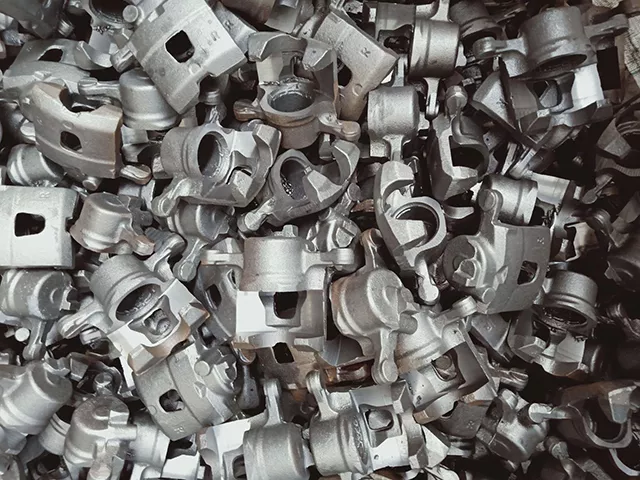
Car brake caliper brake cylinder
Firstly, we take out the car kit, which usually includes a jack and a pipe type socket wrench. To prevent the nut from becoming too loose when the wheel is supported, we first use a pipe type socket wrench to loosen the wheel hub fixing nut by one or two turns, then use a jack to support the wheel, and then loosen all the wheel hub screws.
After removing the tire hub, use a suitable wrench to loosen the brake caliper. It is important to note that due to the brake oil pipe connected to the rear of the brake caliper, it must not be damaged due to excessive external force. At this point, we can use prepared items to lift it up.
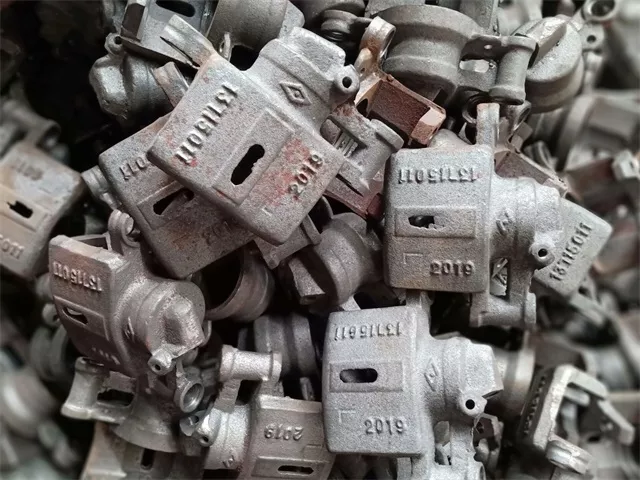
Car brake caliper brake cylinder
After removing the brake caliper, remove the brake pads, and then use a wrench to loosen the fixing bolts of the caliper bracket, taking out the brake disc. Conduct a detailed inspection of the removed brake pads and brake discs. If the brake pads have not yet worn to the "wear indicator", they can still be used. If the brake discs are worn too much and have sufficient thickness, you can choose to continue using them with a bare knife. If there are cracks, try to replace them as much as possible. Replace the brake cylinder and restore it in the opposite direction according to the disassembly method. It is important to note that the new brake cylinder is installed and positioned before removing the original brake oil pipe. Otherwise, it will reduce oil leakage in the brake oil pipe and increase the difficulty of bleeding.
Casting Technology of Automotive Brake Calipers
A brake is a device that has the function of slowing down, stopping, or maintaining a stopped state of moving parts (or moving machinery), and is a mechanical component that stops or slows down moving parts in machinery. Its working principle is to use the mutual friction between non rotating components connected to the vehicle body (or frame) and rotating components connected to the wheel (or Transmission Shaft) to prevent the wheel from rotating or the trend of rotation. The brake caliper is the core component of the brake.
At present, the main production and Manufacturing Processes for automotive brake calipers include: from iron ingots to castings, cutting, heat treatment, shot blasting, and machining. Machining also includes milling, grooving, drilling, and thread drilling. The processing process is complex, with low production efficiency and high production costs.
In order to achieve good results such as improving production efficiency, reducing labor intensity and production costs, a casting process for automotive brake calipers is provided. The specific technical scheme is as follows:
1、 Preparation of molding sand: according to the weight ratio, the molding sand is: raw sand 95-99, bentonite 0.6-0.9, coal powder 0.3-0.5, carboxymethyl starch 0.6-1.3, bauxite 0.2-0.5, magnesium oxide 0.3-0.5;
2、 Preparation of coating solution: The pH value of the coating solution is 0.5-5, and its composition is: nickel sulfate: 3-30g/L; Sodium molybdate 1-10g/L: Sodium thiosulfate 12-20g/L; Copper sulfate 12-30g/L; Selenite 1-15g/L; Selenium dioxide 6-25g/L; Organic acid 5-15g/L; Cerium oxide 0.5-5g/L;
3、 Preparation of internal mold: Using high-temperature ceramics to burn the internal mold, groove blocks, smooth core rods, and threaded core rods, the internal mold is made into a hollow structure, and the hollow part is filled with glycerol coolant;
4、 Use the inner mold, groove block, smooth core rod, and threaded core rod as the core, and use No.1 molding sand to make the outer mold. Spray a coating film on the inner layer of the outer mold and the joint between the outer mold and the inner mold, with a coating film thickness of 6-150 μ m. The coating temperature is between 15 and 50 ℃, and the mold is obtained upon completion of production;
5、 Inject molten steel into the mold made in the fourth step until it is formed and the casting is completed.
After the casting is completed, only heat treatment, shot blasting, and milling operations are required to produce the finished product.
This improved casting process for automotive brake calipers can improve production efficiency, reduce labor intensity, and production costs compared to previous processes. To learn more about the casting process of automotive brake calipers, please call Lianyungang Ruizheng Casting Co., Ltd.
Why Choose SAIVS™ as Your Supplier?
1.Superb Quality Control Management
At SAIVS, we take pride in our perfect quality management systems and procedures, which guarantees the excellent performance of all our producs, being a professional Investment Casting | Die Casting| Sand Castingmanufacturer in China.
2.Rich Production Experience
With 20 years of experience in production, SAIVS has a deep understanding of the market and trends, and strives for continuous research and innovation. This has created advantages in both the product's performance and appearance.
3.Competitive Prices
As a Chinese factory committed to becoming the most cost-effective Investment Casting | Die Casting| Sand Castingexporter in China, SAIVS provides high-quality products at advantageous prices. By lowering costs and increasing efficiency, we ensure that our customers receive the best possible value for their investment.
4.Perfect After-sales Service
At SAIVS, we strive to provide superior customer service that meets and exceeds expectations. We are always available for any questions or concerns you may have, and we stand by our commitment to providing excellent after-sales support.
Related Posts
-
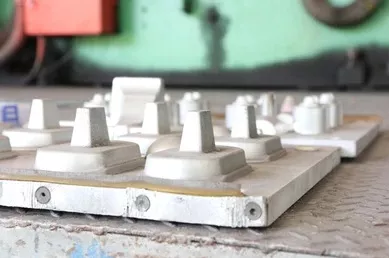
An Overview Of Green Sand Casting
Introducing Green Sand CastingCasting metals in foundries as a mold is done with green sand, a material that is a compound mixture of sand and cement. It is kno...
-
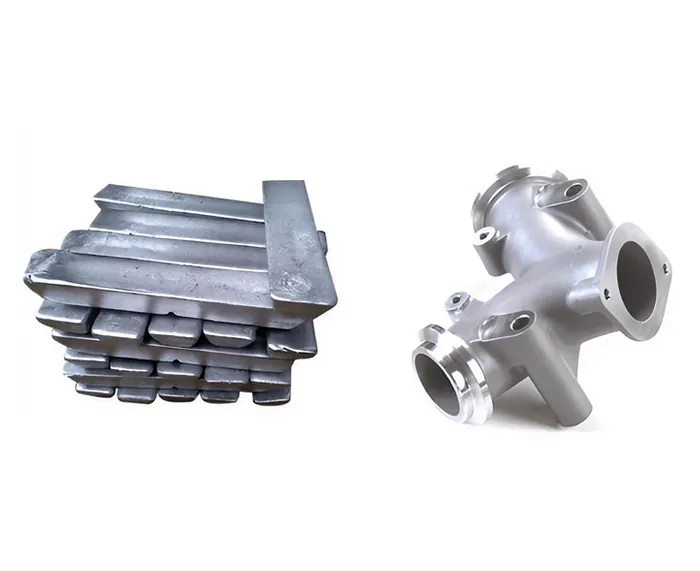
How Casting Patterns Shape Metal Manufacturing
Uncover the steps in manufacturing sand castings and the importance of optimizing the casting process.
-
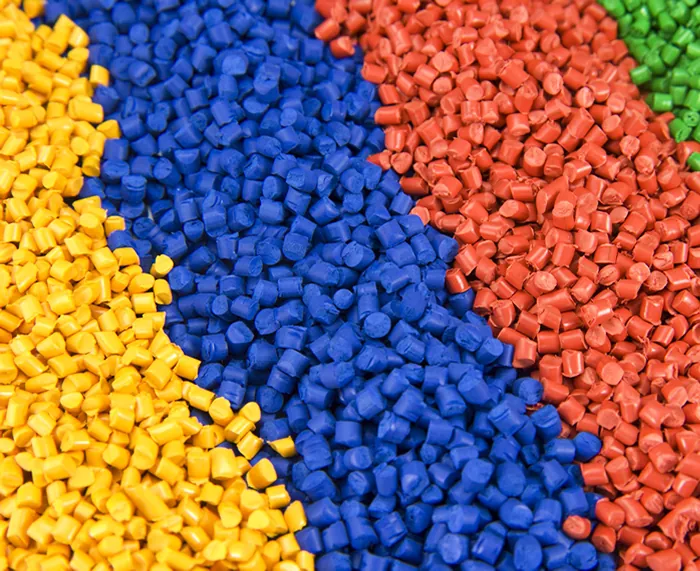
Achieving Consistent Color in Injection Molding
This article explores the importance of color consistency in injection molding and details various methods and best practices to achieve it.
-
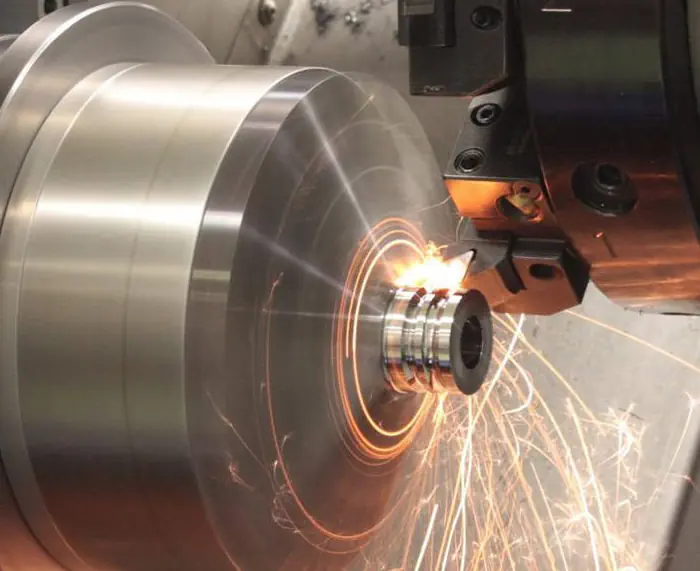
Maximizing Thread Cutting Efficiency with Indexable CNC Turning Tools
Maximizing Thread Cutting Efficiency with Indexable Thread Turning ToolsIn the world of CNC machining, selecting the right tools and cutting technology is
-
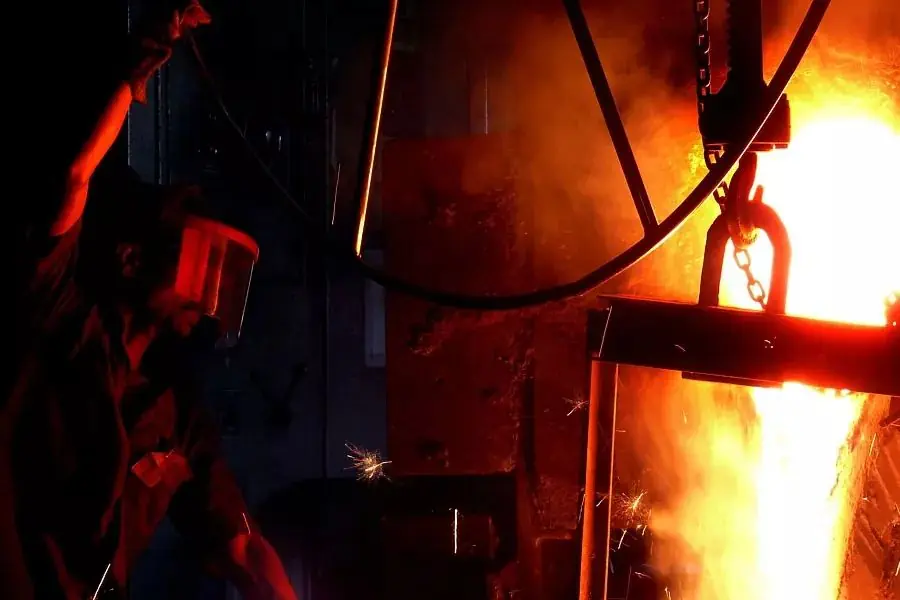
Boost Tundish Life: Key Strategies for Continuous Casting Efficiency
Enhancing Continuous Casting Tundish Life: Key Measures and StrategiesIntroductionThe continuous casting tundish plays a pivotal role in the steel producti
-
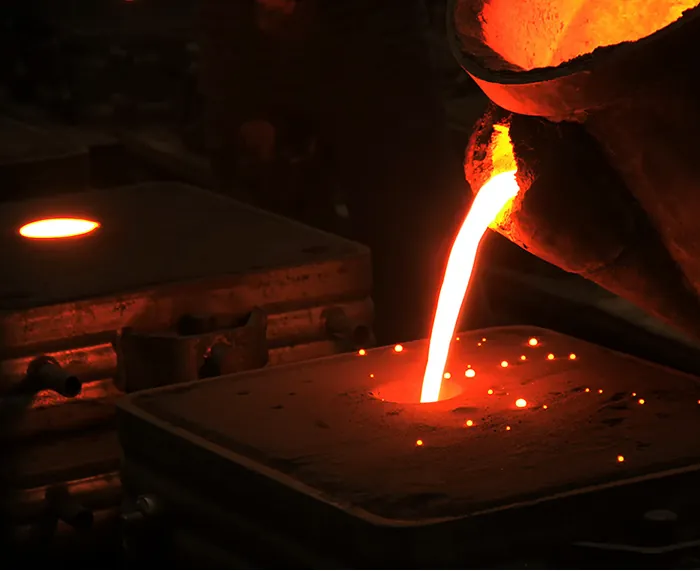
Casting Defects: Understanding Causes and Solutions
Casting defects are common issues that occur during the metal casting process. These defects can affect the final product's quality, functionality, and

